The Story of Turmeric and Curcumin: Remarkable Health Benefits and Clinical Evidence - A Special Report by Dr. Mike
25 minute readThe Interesting History of Turmeric & Curcumin
As you probably already know, turmeric and curcumin are huge buzzwords in the nutrition community these days. But not everyone knows what its uses really are.
Traditionally native to Southern Asia and India, turmeric is a root that has spread throughout the world due to its color, taste, and medicinal value.
The turmeric plant grows to be about three feet tall, and its rhizome, or root, is used not only as a spice in traditional Indian cuisine, but for medicinal purposes as well.
Turmeric, which is a member of the ginger family, is also considered an herb.
As anyone who has worked with the raw root or dried powder can attest, it also produces an enduring yellow coloration. In fact, the value of turmeric is first found in its utility as a coloring agent.
Curcumin, the yellow pigmented extract derived from turmeric, also serves as the active medicinal ingredient of turmeric; but this was not discovered until more recently.
In India, around 500 BCE, turmeric became a critical ingredient in the natural Indian healing system known as Ayurvedic medicine.
Ayurveda translates directly into “science of life,” with ayur meaning “life” and veda meaning “science” or “knowledge.”
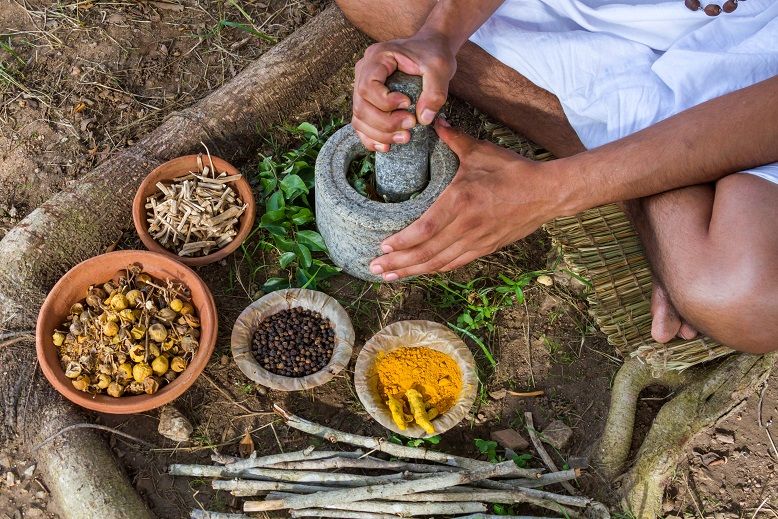
In Ayurvedic medicine, turmeric is believed to be a balancing agent; helping to achieve harmony among three doshas, or humors; vata or air, pitta or fire, and kapha or water.
Turmeric has been used by Ayurvedic healers as medicine taken internally in the form of fresh juice, boiled tea, tinctures, or powder, and topically as creams, lotions, pastes, and ointments.
There are many ancient Ayurvedic formulas utilizing turmeric. Historically, turmeric has been used as a medicine for a variety of ailments including infection, inflammation, food preservation, respiratory ailments, gastrointestinal distress, skin ailments, and more. (Williamson (ed), 2002)

Established Health Uses for Curcumin
Curcumin is often credited with being the reason turmeric has any medicinal value at all. However, this may simply be due to the fact that curcumin is the main active component of turmeric. It has also been the most intensively researched.
There are two main methods for processing turmeric’s rhizome: you can either crush it into a powder or create an oil. When being made into the former, it’s first cleaned, then boiled, and left out to dry. Once the rhizome has dried out, it is ground into a fine powder.
The benefits of turmeric oil are essentially lost when the powder is created, which is why the oil is so important. This oil is extracted from the rhizome prior to being dehydrated and is often used as an essential oil, or even in cooking as a flavoring or coloring agent.
Though curcumin is considered by some as the most important component of turmeric, it actually doesn’t comprise much of the plant. This means that you would need to consume unrealistically large amounts of powder to achieve some of the laboratory effects seen with curcumin.
It has very low bioavailability on its own, meaning that the human body cannot fully process it. To combat this, curcumin is often taken paired with a black pepper extract, for faster absorption into the bloodstream and increased bioavailability. We'll get into that in more detail later on.
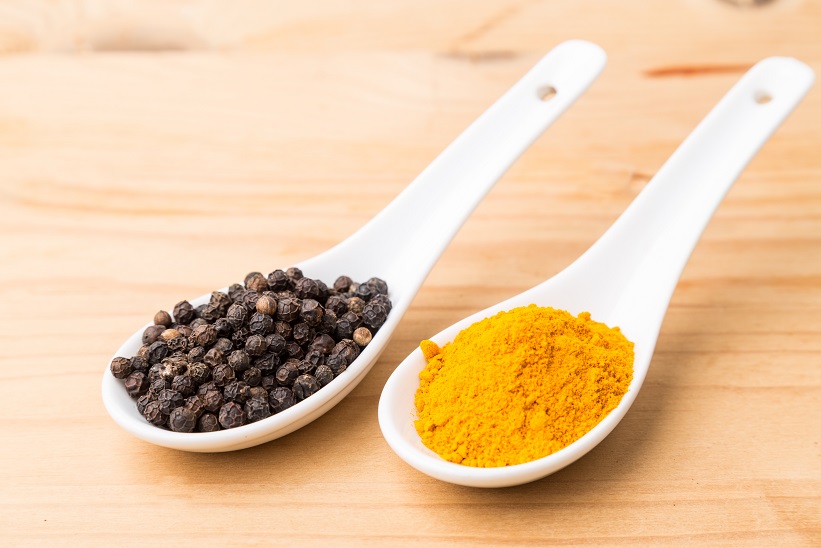
Pairing turmeric with fresh ground black pepper, an Indian cooking staple, increases the bioavailability of curcumin by over 2,000 times. (Fenster, 2014)
Turmeric is most popularly used as a dried spice, but since it’s a member of the ginger family, it’s still viable as a fresh root where you can find it.
When shopping for any spice, reputable sources are they key. Many cheaper brands use filler or substandard components. A recent FDA recall on turmeric due to contamination highlights the importance of selecting a high-quality product.
Turmeric Curcumin’s Effect on Inflammation
The most well-known and important historical health benefit of turmeric and curcumin is a significant reduction in inflammation.
Inflammation by itself is not a scary word. Though it doesn’t sound like something life-threatening, chronic low-level inflammation is a major component of many of the disabilities and diseases reaching epidemic proportions in Western countries. For a detailed description of how this occurs, check out The Fallacy of The Calorie.
Inflammation is a normal immune system response to a disease or injury. For example, a sprained ankle will become painful and swollen almost immediately due to tissue inflammation.
Blood vessels swell and deliver healing components. White blood cells rush to the trauma site, where they begin the process of healing the injury.
In the case of a cut or infection, infection fighting cells arrive to deal with potentially harmful bacteria. If there is bleeding, the body forms clots that stop blood loss.
Inflammation is also associated with the release of hormones throughout the body that facilitate this process; the so called “fight or flight” response.
You may have noticed localized signs of inflammation around an injury that include swelling, redness, heat, and generalized pain.

Generally, inflammation is a good thing when the body is in balance and harmony; a state known as homeostasis. Inflammation heals injuries and prevents diseases.
But problems start when your immune system is on chronic overdrive. The result is unnecessary inflammation throughout your body.
Inflammation is the cause heart disease, which is the number one killer in America, and many other Western nations.
To put this into perspective, one out of every four U.S. deaths is caused by heart disease. Heart disease is associated with a variety of risk factors, including high blood pressure, smoking, genetics, high LDL cholesterol, diabetes, obesity, and low physical activity. The common underlying pathway that connects many of these risk factors, however, is inflammation.
Thankfully, most doctors recognize inflammation’s role in heart disease, and they make sure to take it into account when testing a patient’s risk for the condition.
During testing, they may take a blood sample to analyze C-reactive protein (CRP) levels, which are the typical markers of systemic inflammation. Having high amounts of CRP means that your body is dealing with high levels of inflammation.
This correlates to a variety of risk factors for heart disease and other illnesses.
A short list of diseases that are affected by inflammation include:
Asthma
Some Cancers
Metabolic Syndrome
Type 2 Diabetes Mellitus
Alzheimer’s dementiaOther neurodegenerative conditions
Rheumatoid Arthritis
Psoriasis
Heart DiseaseInflammatory Bowel Disease
Of course, there are many more conditions—too many, in fact—to list them all here.
It’s obvious that inflammation is a serious problem for a lot of people. Thankfully, turmeric and its curcumin extract have both been shown to be successful inflammation treatment strategies.
A recent study showed taking turmeric-derived curcumin was as effective as over the counter non-steroidal pharmaceuticals for relief of minor joint discomfort and inflammation.
The Groundbreaking Medical Research of Curcumin
According to lab studies, there is evidence that turmeric curcumin may help both prevent and treat certain cancers, including: prostate, breast, skin, lung, pancreatic, and colon cancers.
It is also useful in the treatment of the symptoms and inflammation associated with chemotherapy for the treatment of cancer. (Goel, 2017)
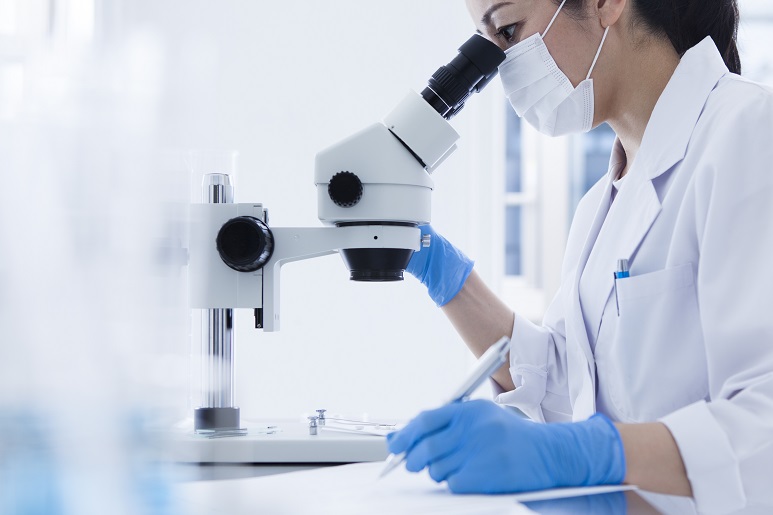
There are over 2,000 published studies on the subject, and the general conclusion is that curcumin supplementation may be beneficial for both cancer prevention and better treatment results.
In this sort of situation, taking pure curcumin extract instead of turmeric is preferred, because of the dosage requirements for maximum health benefits.
Many of these studies in the laboratory have shown that curcumin can actually stop cancer cells from dividing.
Cancer occurs when the DNA in cells get damaged, which causes them to divide uncontrollably, forming tumors. These can spread across your entire body if left untreated. Keeping cells from dividing helps stop cancer development in its tracks.
Curcumin has also been shown to trigger programmed cell death, or apoptosis. This is a healthy and natural way for our bodies to eliminate damaged cells, and it’s helpful for getting rid of cancer cells.
In many ways, curcumin is a good adjunct to chemotherapy. There have been no reported toxicities associated with curcumin consumption in this setting, and significant benefit. (Goel, 2017) For many people, this is an extremely attractive option when dealing with cancer treatment.
Scientifically Proven Medicinal Uses for Curcumin
As impressive as the results are in those undergoing cancer treatment and chemotherapy, the medicinal uses of turmeric are much broader.
It has been shown to alleviate pain and improve knee functioning in patients with osteoarthritis. Many people suffer from arthritis, which involves inflammation of the joints. It can cause not only pain and swelling, but also limited mobility.
A study of 107 participants found that curcumin had roughly the same effect on patients as ibuprofen. That was a tremendous discover by itself, but medical research supports the health effects of curcumin more and more every day.
Turmeric is also able to assist in maintaining a healthy digestive tract as well. Its medicinal properties help regulate healthy digestion.
Turmeric is especially effective against diarrhea from many causes, including infection, or inflammatory diseases like irritable bowel syndrome (IBS) or inflammatory bowel disease (IBD) like Crohn’s disease or ulcerative colitis.
One study regarding turmeric’s effect on ulcerative colitis showed that patients who consumed turmeric curcumin had significantly lower relapse rates than patients who did not consume it.
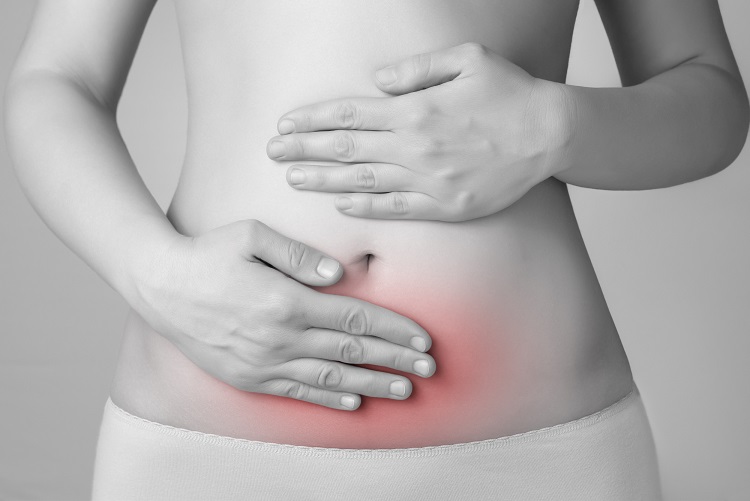
This was a double-blind placebo-controlled study, which is the gold standard of clinical study design and methods, and one of the most reliable scientific ways to gather scientifically valid information.
Another sign of turmeric curcumin’s major health benefits is the fact that rural India’s population houses the lowest rates of Alzheimer’s disease (AD) in the entire world.
Adults in India are 4.4 times less likely to develop AD than comparably aged cohorts in other industrialized countries.
Epidemiological and animal studies suggest an important role for turmeric and curcumin in potential prevention and treatment of neurodegenerative diseases like Alzheimer’s disease. (Ringman, Frautschy, Cole, Masterman, & Cummings, 2005, ) (Sikora, Scapagnini, & Barbagallo, 2010.
Clinical Evidence That Supports Turmeric Curcumin
Turmeric contains the chemical curcumin, which consists of various curcuminoids. As previously discussed, turmeric has long been known as an effective way to control inflammation and other medical problems.
Naturally occurring curcumin represents only about 3% of the harvested turmeric rhizome, by volume. The bio-activity depends on the species, growing conditions, methods of harvesting, and processing.
Despite low naturally occurring amounts, the majority of the science related to turmeric is specifically tailored to studying curcumin.
The healthful effects of curcumin are limited by its poor bioavailability in human beings. In an ideal situation, curcumin is accompanied by piperine. Piperine is an active compound found in fresh ground black pepper (Piper nigrum).
Piperine exponentially enhances curcumin absorption. In 2010, the Journal of Ayurveda published an article stating that piperine also increases the absorption of vitamin C, selenium, beta-carotene, vitamin A, vitamin B-6, and coenzyme Q10. Piperine may be useful for helping people increase absorption of such nutrients.
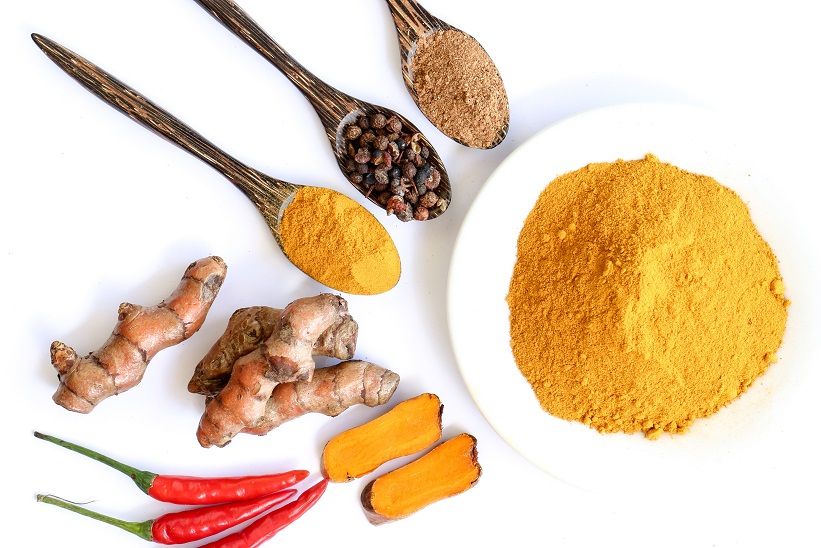
Understanding Curcumin on a Molecular Level
When properly absorbed, curcumin is an incredibly powerful anti-inflammatory and antioxidant. Antioxidants have also been a buzzword in the nutrition community lately, but many people don’t know what they actually are, or why they're so important.
Oxidation is a chemical reaction that can create compounds known as free radicals. It is a normal bodily process that occurs at the cellular level. When we metabolize oxygen, compounds can be created that “steal” electrons from other molecules, causing damage to those molecules.
The body manufactures compounds to quell these angry free radicals, but it is a system which can at times be overwhelmed.
Having an overload of free radicals in your body can be incredibly deleterious. This is because free radicals have an unpaired electron, and this makes them unstable.
Electrons can’t be traded around like baseball cards. They are vital to the functionality of molecules, and such a disruption can have devastating effects.
Antioxidants are special molecules that have the ability to neutralize free radicals by stabilizing them. An antioxidant has the power to release one of its electrons so the free radical can use it.
Antioxidants do not become free radicals because they are stable with both an even and uneven number of electrons.
This means that antioxidants can stop these potentially dangerous chain reactions. They can also prevent these chain reactions from ever starting in the first place, which is important because letting them continue can damage living cells and
lead to various disease states associated with chronic, continuous inflammation.
Turmeric-derived curcumin, in effect, functions as a highly powerful antioxidant.
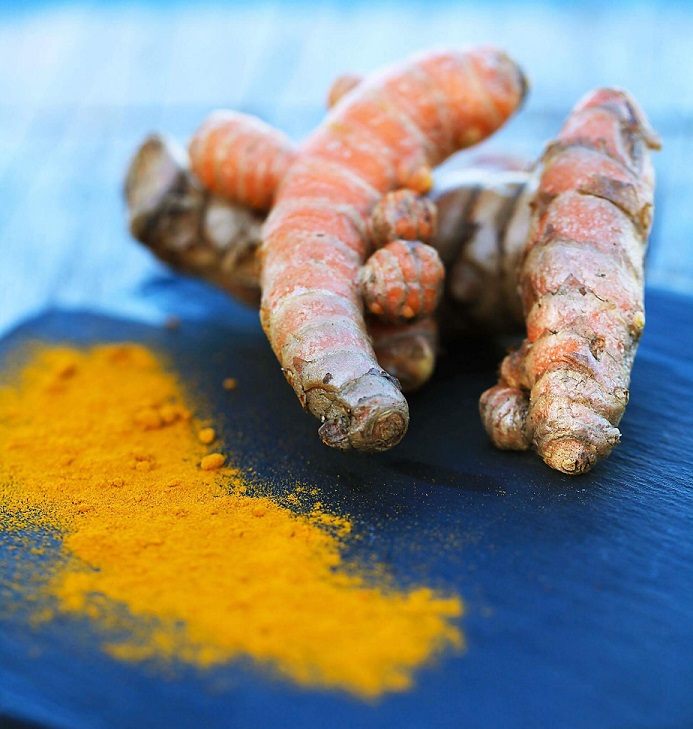
In addition to a potent antioxidant effect, turmeric and curcumin are extremely effective in treating inflammation via a completely different pathway.
Research shows that the curcumin in turmeric can alter the production of prostaglandins. Certain prostaglandins, like prostaglandin E2 in rheumatoid arthritis are involved in chemical reactions that result in pain, fever, and inflammation.
Turmeric curcumin works by affecting the enzyme pathway involved in the production of such compounds. (Park, et al., 2007)
This pathway, known as cyclooxygenase (COX) or prostaglandin-endoperoxide synthase (PTGS) pathway is comprised of a family of isoenzymes. Curcumin acts specifically on the COX-2 enzymatic pathway.
Unlike aspirin, which blocks both COX-1 and COX-2, by acting specifically at COX-2, curcumin does not impedes affect the body’s clotting ability. Therefore, it does not act as a blood thinner like aspirin.
Curcumin can also inhibit another pathway that can lead to inflammation. Members of family of transcription factors knowns as NF-kappa-Beta (NF-κΒ) are involved in the immune response and the development of inflammation.
Transcription factors are proteins involved in turning on genes within cells. Curcumin has shown the ability to block many reactions in which NF-κΒ plays a major role. (Singh & Aggarwal, 1995)
BioPerine: The Ultimate Bioavailability Booster
As mentioned above, the presence of piperine helps maximize the bioavailability of curcumin. One option is to grind fresh pepper on your curcumin supplement, but BioPerine™ offers a much better and much more palatable alternative.
BioPerine™ is a patented extract of black pepper. This is not a new fad. BioPerine™ has been used as a bioavailability enhancer for over twenty years.
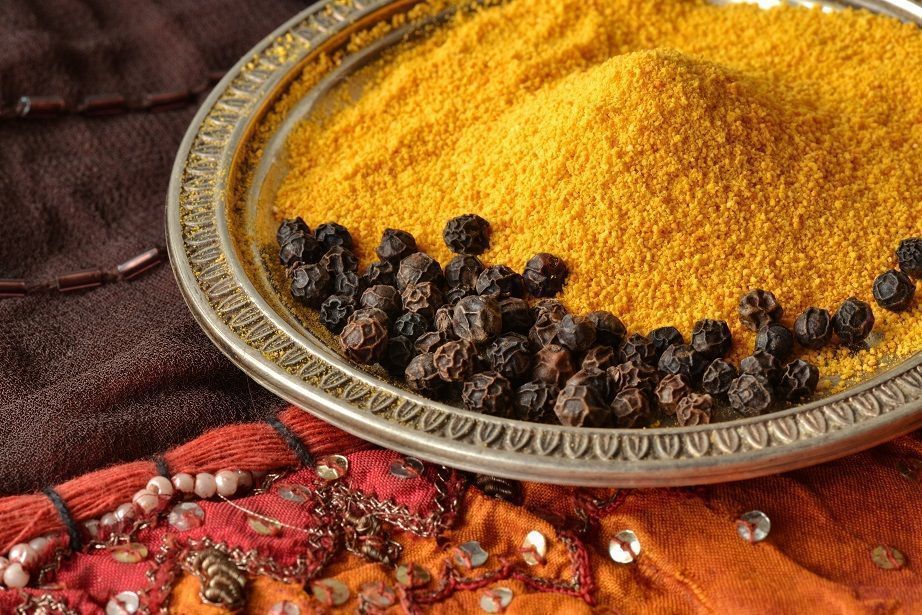
It has been shown to increase general nutrient absorption by an average of 30%. Additionally, it increases absorption of curcumin by over 2000%.
St. John’s Medical College in Bangalore, India, ran a clinical study in 1997 that resulted in the proof that curcumin is absorbed over 2000% better when used alongside BioPerine™.
When finding a supplement, it is important to always check the credibility of the health effects, and use of medical evidence, which BioPerine™ provides.
Many people think that taking BioPerine is the same as using black pepper alone. However, direct black pepper will not be as effective as BioPerine™ when it comes to increasing curcumin bioavailability.
This is because BioPerine™ is a direct extract of piperine, allowing for a faster release into your body, plus a higher potency.
Black pepper will take longer to release fewer amounts of piperine compared to BioPerine™. It meets both Kosher and Halal standards and is also both NSF and GMP certified.
Taking BioPerine™ along with your curcumin supplement will give you the maximum amount of absorption. Proper absorption means maximum optimization of results.
What is the Best Way to Add Curcumin Into Your Diet?
This is a matter of both personal preference and medical needs, but there are strong opinions in both directions about the healthfulness of turmeric curcumin when added to your diet.
We already know that there’s only around 3% curcumin content in turmeric, and that curcumin is poorly absorbed into the bloodstream.
If you are in need of consuming large amounts of curcumin to potentially assist a medical condition, it would be wise to maximize your curcumin intake. This usually involves supplementation.
Here are some different options for taking turmeric or curcumin:
Raw Root: Pure form of turmeric, with full nutrient spectrum, but does not offer maximum curcumin available.
Turmeric Powder: This is the commonest spice form. The actual juices and oils are absent. Like raw root, it does not offer maximum curcumin available.
Turmeric Oil: Often used as an essential oil, sometimes in cooking. Nutrient profile is similar to that of raw root.
Black Pepper: Great to accompany any of the above forms in culinary use, adding both flavor and helping to increase curcumin bioavailability.
BioPerine™: Pure piperine supplement, maximizing bioavailability of curcumin.
Curcumin Supplement: Pure curcumin; maximizes curcumin but loss of all other nutrients in turmeric. Be wary-some curcumin supplements don’t actually contain much curcumin and potency can vary.
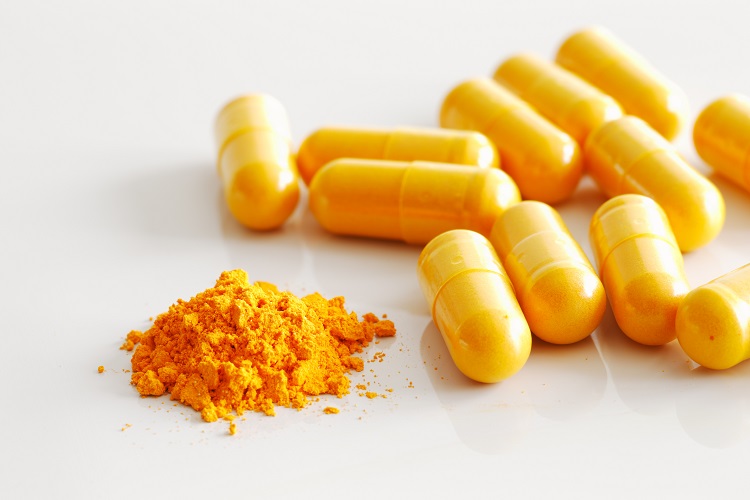
If you opt for a curcumin supplement, caveat emptor! While it may seem like the best idea to grab whatever curcumin supplement is on your local store shelf, according to ConsumerLab, a supplement certification organization, two of ten supplements they chose at random to test contained very low amounts of curcumin: 7.7%, and 14.7%.26
Getting a high-quality supplement can be like trying to cut through the jungle without a path. It can be confusing, dangerous, and you don’t know if you’re actually heading in the right direction.
Supplements are not monitored by the FDA like food is, so there are a lot of fake or dangerous supplements being sold on your supermarket’s shelves. When it comes to supplements they are not all created equal. Make sure you fight the right one.
Also be aware that supplement companies may place claims on the label that are not necessarily truly reflected in the supplement; the two may not be the same thing.
Some supplements even contain illegal ingredients. Be as careful and selective as you can when shopping around for the right turmeric curcumin supplement. In the end, you’ll be glad you were more discerning.
3 Curcumin-Infused Recipes For Strengthening Your Joints
The recipes below were crafted to use turmeric curcumin as a healthful ingredient, specifically to help with joint inflammation and pain.
These recipes alone will not solve any serious joint issues, so be sure to visit your doctor if there may be something serious going on. Enjoy!
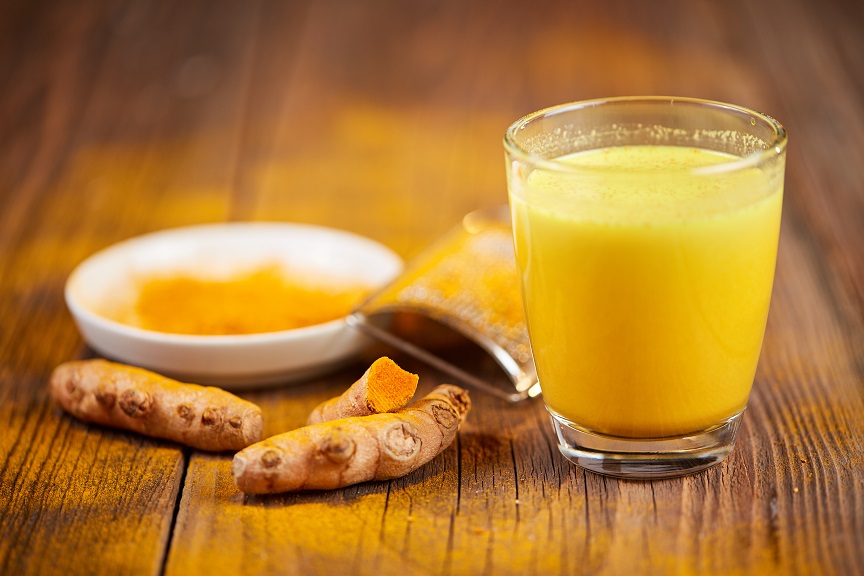
Turmeric Tea
Meghan Telpner
Time: 25 minutes
Serves: 1
Ingredients:
Milk or substitute of choice (Ex: Coconut milk, almond milk.)
1-2 cups of water
Raw honey (for sweetening)
1 teaspoon of cinnamon
Pinch of clove
Pinch of nutmeg
Pinch of ground black pepper (Preferably fresh)
1 teaspoon fresh ginger
Turmeric (As much as you want; recommended starting amount is 1 teaspoon)
Option A:
- Put herbs and water together in a pot, and simmer on stove for 10 minutes.
- Strain out, then add milk and honey. Enjoy!
Option B:
- Boil water.
- Put everything except milk and honey into a blender.
- Blend until the color is the same and the texture is smooth (Tip: Start at a slow speed and gradually increase, so the hot tea does not explode on you.)
- Strain out, then add milk and honey. Enjoy!
Thanks to Meghan Telpnor! | Visit meghantelpnor.com | She's a curcumin expert!
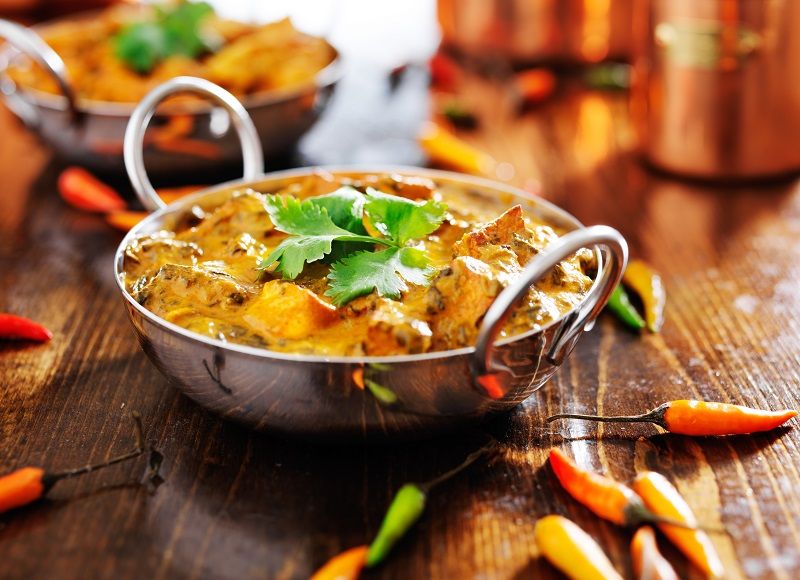
Paneer Mughlai Curry
Michelle Peters-Jones
Time: 30 minutes
Serves: 2
Ingredients:
12-14 ounces Paneer, cubed
¼ teaspoon ground turmeric
1 teaspoon garam masala
1 teaspoon mild cayenne pepper/Kashmiri chili powder
2 crushed cloves of garlic
1-inch piece grated ginger
4 teaspoons cooking oil, divided
1-inch cinnamon/cassia bark
3 cloves, whole
3 green cardamom pods, whole
1 small onion, diced
½ cup vegetable stock
½ cup half and half
½ cup heavy cream
2 tablespoons of cashews, soak in boiling water
¼ cup raisins
Cilantro, fresh, chopped
Salt (to taste)
Sugar (to taste)
Instructions:
- In a large bowl, combine paneer, turmeric, garam masala, cayenne pepper/Kashmiri chili powder, garlic, and ginger.
- Drizzle two tablespoons of oil on top. With a flat spatula, mix.
Let stand for a few minutes. - In a large sauté pan, on medium heat, add remaining oil, and the bowl of paneer and spices.
- Fry for a few minutes, stirring the paneer cubes until golden.
- Remove with a slotted spoon. Set aside.
- In the same sauté pan, add cinnamon/cassia, cloves, and cardamom pods.
- Fry for 30 seconds, so spices become fragrant.
- Set heat to medium-low and add onion.
- Cook for 5-7 minutes, until onion is golden.
- Add stock and a little bit of sugar and salt.
- Let simmer for 2-3 minutes.
- Add half and half and cream. Stir to combine, and do not let cream boil.
- Blend the soaked cashews and their water in a blender, until creamy.
- Stir cashew paste into pan.
- Add paneer. Stir to coat paneer.
- Simmer on low heat for 1-2 minutes.
- Stir in raisins, extra cashews, cilantro.
- Serve! (Tip: Serve with rice, roti, or naan)
Thank you to The Kitchn and Michelle Peters-Jones! | Visit www.thekitchn.com!

Golden Turmeric Sauce
Mickey Trescott
Time: 25 minutes
Serving: 4 cups
Ingredients:
2 tablespoons of coconut oil
1 onion, chopped
2-inch ginger, peeled then minced
2 cloves garlic, minced
1 cup bone broth
2 cups white sweet potato, cubed
2 tablespoons turmeric powder
½ teaspoon ginger powder
¼ teaspoon cinnamon
1 ½ teaspoon sea salt
1 can coconut milk
1 juiced lemon
Instructions:
- In medium saucepan, over medium heat, add coconut oil.
- Wait until pan is hot and fat has melted, then add onions.
- Stir for 5 minutes, so onions are browned.
- Add garlic and fresh ginger. Stir for a minute, until fragrant.
- Add bone broth, sweet potato, turmeric, ginger, cinnamon, and sea salt.
- Mix and bring to a boil.
- Simmer on low heat for 10 minutes.
- Turn off heat and let cool for 5 minutes.
- In blender, add coconut milk and lemon.
- Add contents of saucepan to blender.
- Blend until smooth and combined.
- Sauce is now ready! Enjoy!
Note: Delicious when poured over meat and vegetables, added to a soup, used as a dip for vegetables, addition to a stir fry, thinned with olive oil to make a salad dressing, and more!)
Thanks to Mickey Trescott and AutoImmuneWellness! | autoimmunewellness.com
For an excellent reference book incorporating turmeric in a variety of uses, including many traditional curries; check out these books like 660 Curries and The Turmeric Trail by my good friend, IACP award winner Raghavan Iyer. Also listen to the podcasts of Code Delicious with Dr. Mike featuring Chef Iyer and also the May 17th, 2017 show featuring Professor Goel and specifically focusing on curcumin.
*This article is not intended to represent medical advice by 1MD or diagnose any illness, disease, or other condition. It is intended strictly as informational content.
If you are in need of medical assistance, please contact a health care professional.












